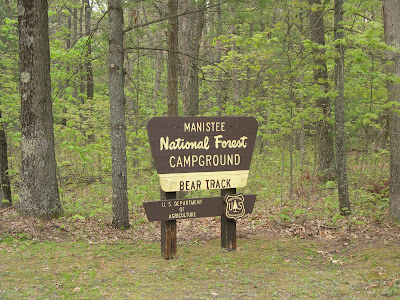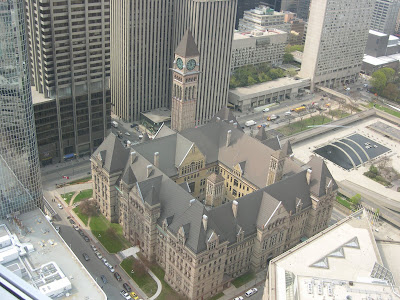Maple Grove Cemetery, Mason County, Michigan
It isn't very likely that Georgie A. Theis has had his name posted on the World Wide Web very often, if ever. Here it is. The name is carved on a worn white headstone in the Maple Grove Cemetery, a mile or so west of Free Soil, Mich. The stone has been worn so much by rain and snow and wind and sunshine, in fact, that I couldn't tell whether the year of death was 1873, 1878 or 1879.
Still, it's a heartbreaker of a stone because Georgie's birth year is clear: 1869. A lamb, a common choice for children's headstones of the time, rests atop his stone, and is just as worn (see "Lamb" under the Animals section of this page). Georgie's parents are nearby, as we hope they were when he was alive.
Maple Grove Cemetery is a long and narrow parcel of land, featuring perhaps a few hundred graves. A single road runs through it, beginning at Free Soil Road, curving sharply at the other end of the cemetery, and then doubling back to Free Soil Road. Mature trees provide some shade. The stones are a mix of 19th and 20th century, with few monumentally large ones, as you might find in older urban cemeteries. On the Saturday before Memorial Day, a handful of graves sported fresh American flags.
A leisurely trip isn't a complete trip without a visit to a cemetery, and Maple Grove satisfied that eccentric requirement of mine, but it wasn't the only burial site I managed to visit in western Michigan last weekend. There was also this place:
The cross is a monument to Jacques Marquette, SJ., missionary and North American explorer extraordinaire, on a hill on the outskirts of Ludington, Mich. Tradition has it that he died near the site of this cross. A downhill boulder with a plaque marks that spot, using language you aren't going to find on newer plaques: This boulder/ marks the traditional location/ of the death of Pere Marquette/ revered and loved by the red men/ James Marquette, S.J. ... the first white man/ to reach these shores/ 1637-1675/ Tribute of/ the Ludington Chapter/ Daughters of the American Revolution/ 1921.
Actually, Pere Marquette's bones aren't there. A few years after his death, his Indian friends removed them to St. Ignace.
Labels: cemeteries, historic artifacts and sites, Michigan














